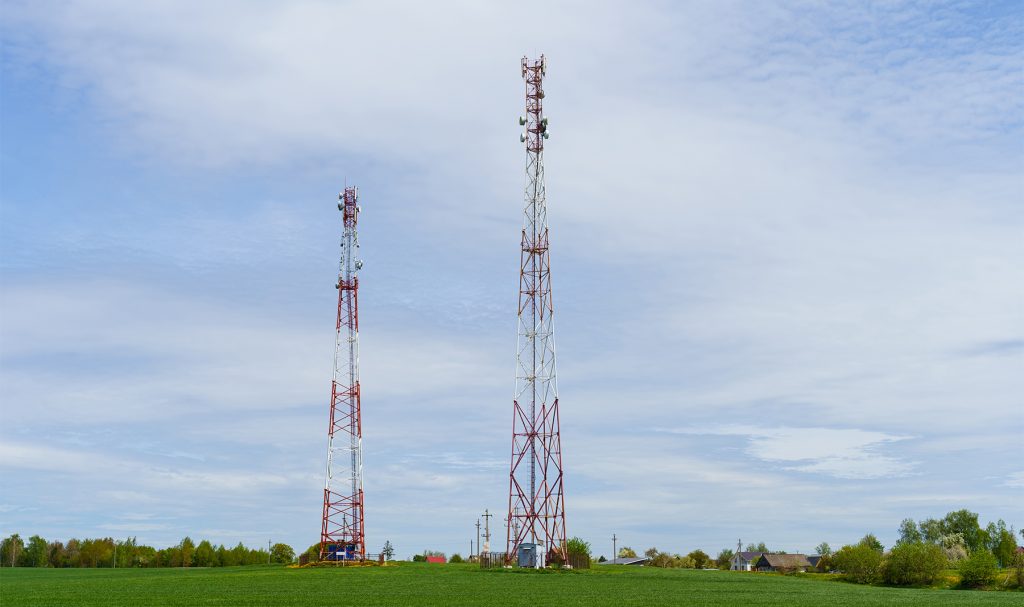Different Types of Towers in Telecom
Telecom towers are essential structures used to support antennas and other equipment for telecommunications services. These towers come in different types and configurations, each with its own unique features and capabilities. In this article, we will explore the different types of telecom towers used in the industry.
Self-supporting towers
Self-supporting towers, also known as freestanding towers, are the most common type of telecom towers used in the industry. These towers are typically made of steel and have a triangular or square shape. Self-supporting towers are designed to support heavy loads and can withstand extreme weather conditions. They are easy to install and require minimal maintenance, making them a popular choice for telecom companies.

Guyed towers
Guyed towers are similar to self-supporting towers, but they use guy wires to support the tower structure. Guy wires are tensioned cables that are attached to the tower and anchored to the ground. Guyed towers are less expensive than self-supporting towers and can be used to support heavier loads. However, they require more space than self-supporting towers and are more difficult to install.
Monopoles
Monopoles are single-pole towers that are typically made of steel or concrete. They are similar in appearance to street lamps or flag poles and are commonly used in urban areas where space is limited. Monopoles are easy to install and require minimal maintenance. They are also less expensive than self-supporting towers and can support moderate to heavy loads.
Stealth towers
Stealth towers are designed to blend into their surroundings, making them ideal for use in areas where aesthetics are a concern. These towers can be disguised as trees, flagpoles, or even church steeples. Stealth towers are more expensive than traditional towers and can only support light to moderate loads.
Rooftop towers
Rooftop towers are mounted on the roofs of buildings and are commonly used in urban areas where space is limited. These towers are typically smaller than traditional towers and are designed to support lighter loads. Rooftop towers require minimal installation and can be easily integrated into the architecture of the building.
Camouflaged towers
Camouflaged towers are designed to look like other structures, such as water tanks, silos, or chimneys. These towers are commonly used in rural areas where aesthetics are a concern. Camouflaged towers are more expensive than traditional towers and can only support light to moderate loads.
Lattice towers
Lattice towers are made of steel and have a lattice-like structure. They are commonly used in areas where high wind speeds are a concern. Lattice towers are more expensive than self-supporting towers but can support heavier loads. They also require more space than self-supporting towers and are more difficult to install.
Mobile towers
Mobile towers, also known as portable towers, are designed to be transported and set up quickly. These towers are commonly used in emergency situations or in areas where temporary coverage is needed. Mobile towers can be mounted on trucks or trailers and can support light to moderate loads.
Microcells
Microcells are small, low-powered base stations that are used to provide coverage in areas where traditional towers are not feasible. These cells can be mounted on poles or buildings and can cover a range of up to a few hundred meters. Microcells are typically used in urban areas to improve coverage and capacity.
In-building wireless systems
In-building wireless systems are used to provide wireless coverage inside buildings. These systems use a network of antennas and repeaters to distribute signals throughout the building. In-building wireless systems are typically used in large buildings such as hospitals, hotels, and office buildings.








